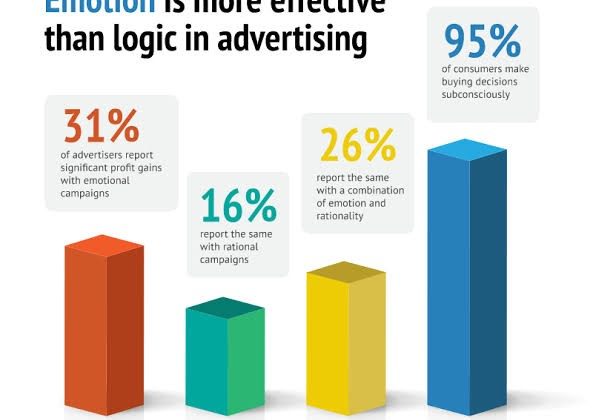
Robot Versus Human
I will paraphrase a popular belief in copywriting: People buy based on emotion but need logic to justify it. In his book, “How Customers Think: Essential Insights into the Mind of the Market,” the Harvard business school professor, Gerald Zaltman affirms that we are 95% more emotional with buying than logical.
Emotion is that large, complex part of the human makeup that even humans struggle to reach, let alone automated machines, and which is a strong influence on consumer behaviour.
For the purpose of this article, consumer behaviour can be simply defined as the tendency of people to buy particular products or services in preference to others.
Going by the assertion that people buy for emotional reasons, it is imperative that the marketing mechanism deployed to make sales is able to influence human emotions. Despite the progresses registered in robotics to improve Human-Robot Interaction in areas like emotional recognition and computational creativity, robots are still only as good as the man-made programs they run on.
Robots are an extension of humans; inventions that need constant human guidance and intelligence to function. Surely, robots are some of the greatest inventions of humankind – machines that perform faster than us, on roles that we would rather not take on, with smacking precision and unfaltering retentivity; but they are still very well limited in their scope and operation.
A human voice can carry reflexive emotions in communication. A human voice can tailor inflections and pitch to the situation. A human being can think on the spot to answer unexpected questions customers may have about a product or service. These are some of the points human voices have over the voices of robots. Unsurprisingly, there is only so much a robot can do in terms of flexibility and creativity. A robot cannot think on its feet because it is hugely dependent on the information already programmed into it, and has no mind of its own. How can it then be more persuasive and convincing than the human voice?
Story telling is a skill that proves useful in sales and marketing, that humans have but robots do not. Robots would be able to tell stories too if it were not a creatively emotive skill. What makes stories emotive is that it is humans telling them. Stories told by humans as opposed to automated machines would be more effective for their relatability. And relatability usually means greater trust and acceptance of a person, and the product they are trying to sell.
As humans, we love to apply others’ experiences to our own; their luck, their misfortunes, their vulnerabilities, their realities. We love to see our lives through theirs. How relationally beneficial is a robot to humans in this regard?
In an article for the Harvard Business Review titled: “Are You Developing Skills That Won’t Be Automated?” Stephen M. Kosslyn writes that Emotion and Context are two non-routine kinds of work that are common but difficult to automate.
Summarily, perhaps automated machines and robots could try to compete with human voices in the future, with regards to the ability to persuade, convince and emotionally appeal to consumers for their patronage, they are for now largely inadequate in performing such functions.
